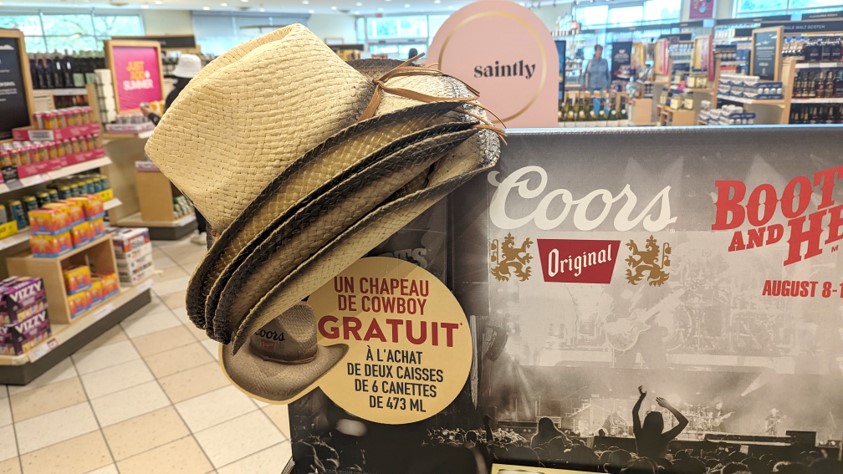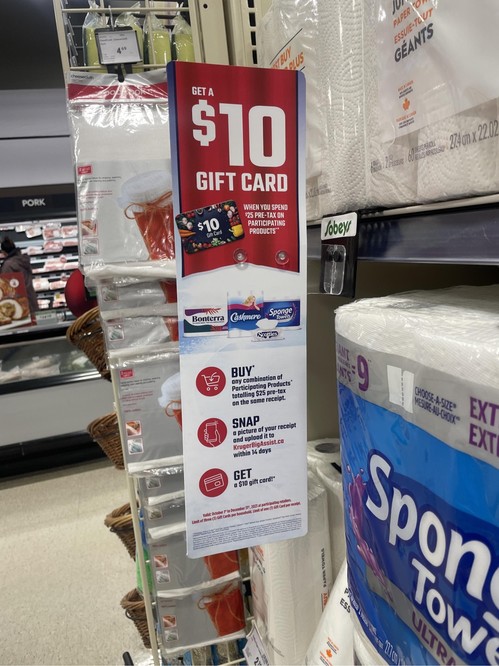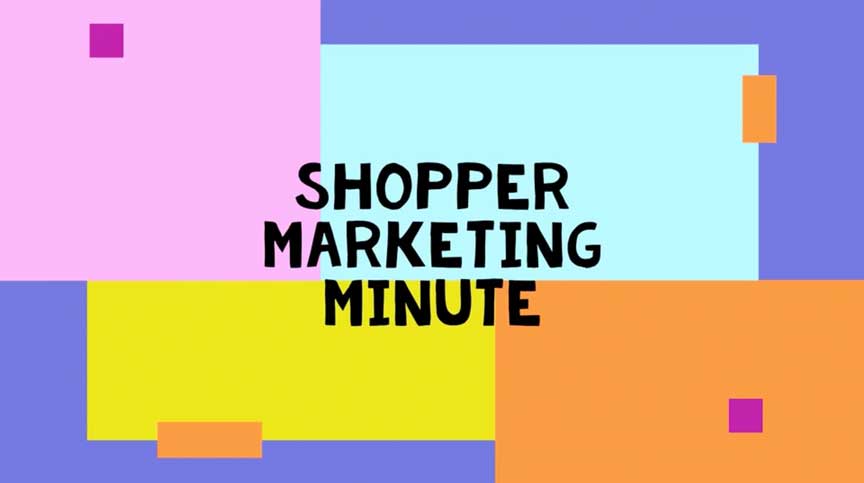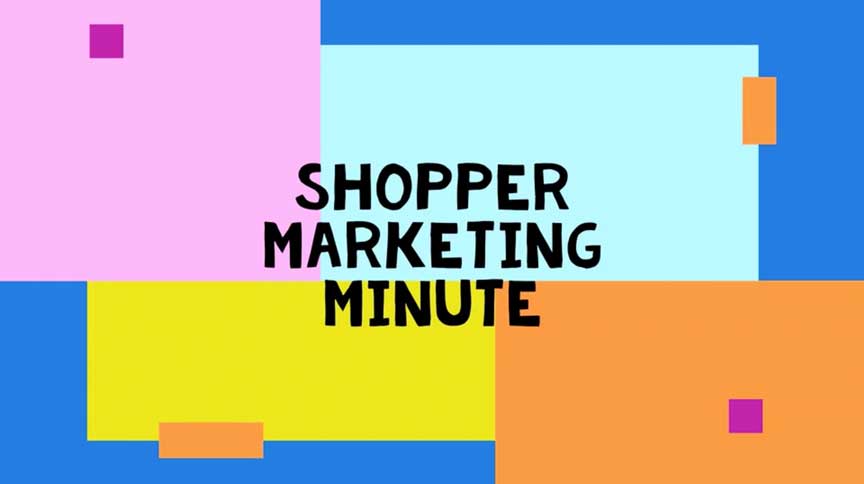I was in my local LCBO liquor store over the weekend and noticed a display featuring a Coors beer near-pack gift with purchase (GWP) program. Coors was offering shoppers a free cowboy hat with the purchase of two 6 packs of beer as part of sponsorship program with the popular Boots and Hearts — Canada’s largest multi-day country music and camping festival.

As I looked at the display, I realized outside of the liquor store channel, near-pack GWP programs that offer shoppers immediate incentives to drive sales conversion, have become a thing of the past for CPG brands. Especially, in the grocery channel where delayed incentive GWP offers using a digital receipt upload as a proof of purchase method reign supreme.
At one-time near-pack GWP programs offered CPGs and retailers many benefits including
1.Increased Basket Size and Order Value: Customers were often motivated to reach a certain spending threshold to qualify for the free gift, which can lead to an increase in the number of items they purchase on a particular shopping trip.

Now the prevalence of near-pack GWP promotions, has declined which has me thinking about the reasons why. Here are five reasons:
- Cost and Profit Margins: Implementing near-pack gift programs can be expensive for both manufacturers and retailers. The cost of producing, packaging, and distributing the additional gift items can significantly impact profit margins. Given the highly competitive and low-margin nature of the grocery industry, many companies prefer to avoid these extra costs.
- Operational Challenges: Coordinating gift with purchase programs involves logistical complexities. Ensuring the gifts are properly attached to or included with the main products, preventing theft, and managing inventory can be challenging. These operational difficulties can deter grocery stores from running such promotions.
- Consumer Preferences: Modern consumers may prefer immediate price discounts or digital promotions over physical gifts. Digital coupons, loyalty programs, and personalized discounts offer more flexibility and convenience, aligning better with contemporary shopping habits and preferences.
- Environmental Concerns: There is growing consumer and corporate awareness regarding sustainability and environmental impact. Near-pack gifts often involve additional packaging, contributing to waste. As companies strive to meet sustainability goals and cater to eco-conscious customers, they might avoid promotions that lead to increased packaging waste.
- Effectiveness and Alternatives: The effectiveness of near-pack gift promotions in driving sales may have diminished over time. With the advent of sophisticated marketing strategies, data analytics, and personalized marketing, retailers and manufacturers can more effectively target promotions to specific consumer segments. This targeted approach can yield better results compared to the broad-brush method of near-pack gifts.

In summary, while near-pack gift with purchase programs can be appealing, their decline in grocery stores is attributed to cost, operational challenges, changing consumer preferences, environmental considerations, and the availability of more effective promotional alternatives.

